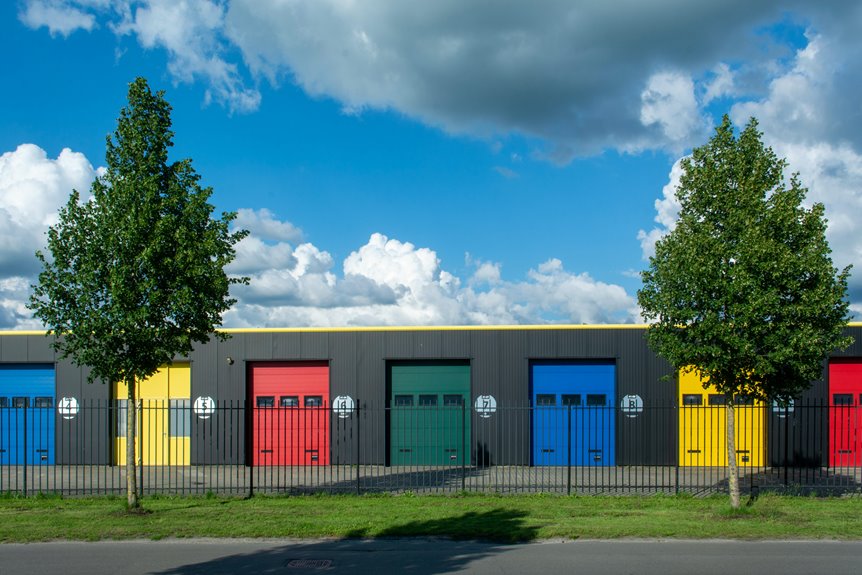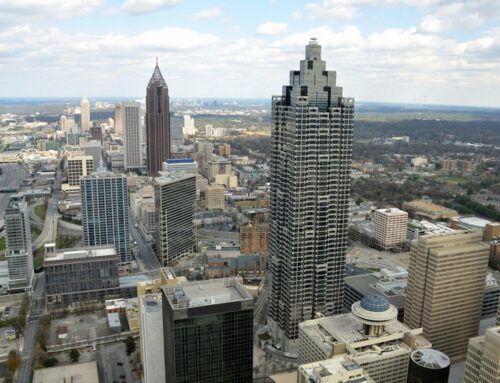Vacant properties, whether they are abandoned homes, unused commercial buildings, or unoccupied land, can have significant environmental implications. As urban areas expand and populations shift, the issue of vacant properties becomes increasingly prevalent, raising concerns about their effects on local ecosystems, communities, and overall environmental health. This blog explores the various environmental impacts associated with vacant properties, the potential for rehabilitation, and steps communities can take to mitigate these impacts. You may also need to know about “How to attract buyers for your vacant home”
1. Urban Blight and Its Consequences
Introduction to Urban Blight:
Vacant properties often contribute to urban blight, characterized by deteriorating structures, overgrown vegetation, and litter. This decay can lead to a decline in neighborhood aesthetics and property values, making the area less attractive for residents and businesses alike.
Environmental Consequences:
Urban blight can have direct environmental consequences, including:
- Habitat Loss: Overgrown vacant lots can provide habitat for wildlife, but neglected properties can also lead to the displacement of native species and the proliferation of invasive plants.
- Soil Contamination: Abandoned properties may harbor hazardous materials such as lead, asbestos, or other pollutants that can seep into the soil and groundwater, posing risks to human and ecological health.
2. Water Management Issues
Stormwater Runoff:
Vacant properties often lack proper landscaping or drainage systems, leading to increased stormwater runoff. This can overwhelm local water systems, causing flooding and erosion. Pollutants from abandoned buildings, such as paint or oil, can wash into nearby water bodies, negatively affecting water quality.
Wetlands and Natural Floodplains:
In some cases, vacant lands may occupy areas that were once wetlands or natural floodplains. The alteration or destruction of these environments due to urbanization can increase flood risks and reduce the land’s natural ability to filter water, leading to poorer water quality in adjacent streams and rivers.
3. Air Quality Concerns
Deteriorating Structures:
Vacant buildings can contribute to air quality issues. As these structures decay, they can release harmful substances such as mold spores, dust, and other allergens into the air. Additionally, graffiti and other forms of vandalism can introduce toxic substances used in paints and solvents.
Increased Emissions from Maintenance:
In some cases, vacant properties may require maintenance activities, such as lawn care or debris removal. These activities can contribute to greenhouse gas emissions, especially if powered by gas-operated equipment. In contrast, maintaining greenery and vegetation can improve air quality.
4. Potential for Rehabilitation and Green Space Creation
Repurposing Vacant Properties:
Despite their negative impacts, vacant properties also present opportunities for revitalization. By rehabilitating or redeveloping these spaces, communities can transform blight into vibrant areas that promote biodiversity, improve aesthetics, and enhance property values.
Creating Green Spaces:
Transforming vacant lots into parks, community gardens, or green roofs can provide numerous environmental benefits. These spaces can help:
- Mitigate Urban Heat Islands: Green spaces can lower surrounding temperatures, reducing the urban heat island effect.
- Improve Air and Water Quality: Vegetation can filter pollutants from the air and soil, while also absorbing rainwater, reducing runoff.
5. Community Engagement and Policy Solutions
Community Involvement:
Engaging local communities in addressing the issue of vacant properties can lead to innovative solutions. Community-led initiatives can foster a sense of ownership and pride, promoting stewardship of the environment.
Policy Measures:
Local governments can implement policies that encourage the rehabilitation of vacant properties. These may include:
- Incentives for Development: Offering tax breaks or grants for property owners who invest in restoring vacant properties.
- Strict Code Enforcement: Ensuring that property owners maintain their buildings and lots to prevent decay and associated environmental issues.
Conclusion
The environmental impact of vacant properties is a pressing concern for communities worldwide. From contributing to urban blight and water management issues to affecting air quality, these properties can pose significant challenges. However, with proactive measures, communities can mitigate these impacts through rehabilitation efforts and the creation of green spaces. By fostering community involvement and implementing supportive policies, we can transform vacant properties from liabilities into assets, promoting a healthier environment for all.
FAQs
Q: What are the main environmental issues caused by vacant properties?
A: Vacant properties can lead to urban blight, soil contamination, increased stormwater runoff, and air quality concerns due to deteriorating structures and pollutants.
Q: How can vacant properties be repurposed for environmental benefit?
A: Vacant properties can be transformed into parks, community gardens, or green roofs, which help improve air and water quality, reduce urban heat, and enhance community aesthetics.
Q: What role do communities play in addressing the issues of vacant properties?
A: Community involvement is crucial for raising awareness, fostering stewardship, and implementing innovative solutions to rehabilitate vacant properties and improve local environments.
Q: Are there government programs to support the rehabilitation of vacant properties?
A: Yes, many local governments offer incentives, such as tax breaks or grants, to encourage property owners to restore and maintain vacant properties, as well as enforce codes to prevent deterioration.
Q: How can individuals contribute to solving the issues related to vacant properties?
A: Individuals can participate in local initiatives, advocate for policies that support property rehabilitation, and even volunteer in community projects focused on transforming vacant spaces into productive uses.
By understanding the environmental impacts of vacant properties and taking concerted action, communities can work towards creating a sustainable and healthy environment for current and future generations.











